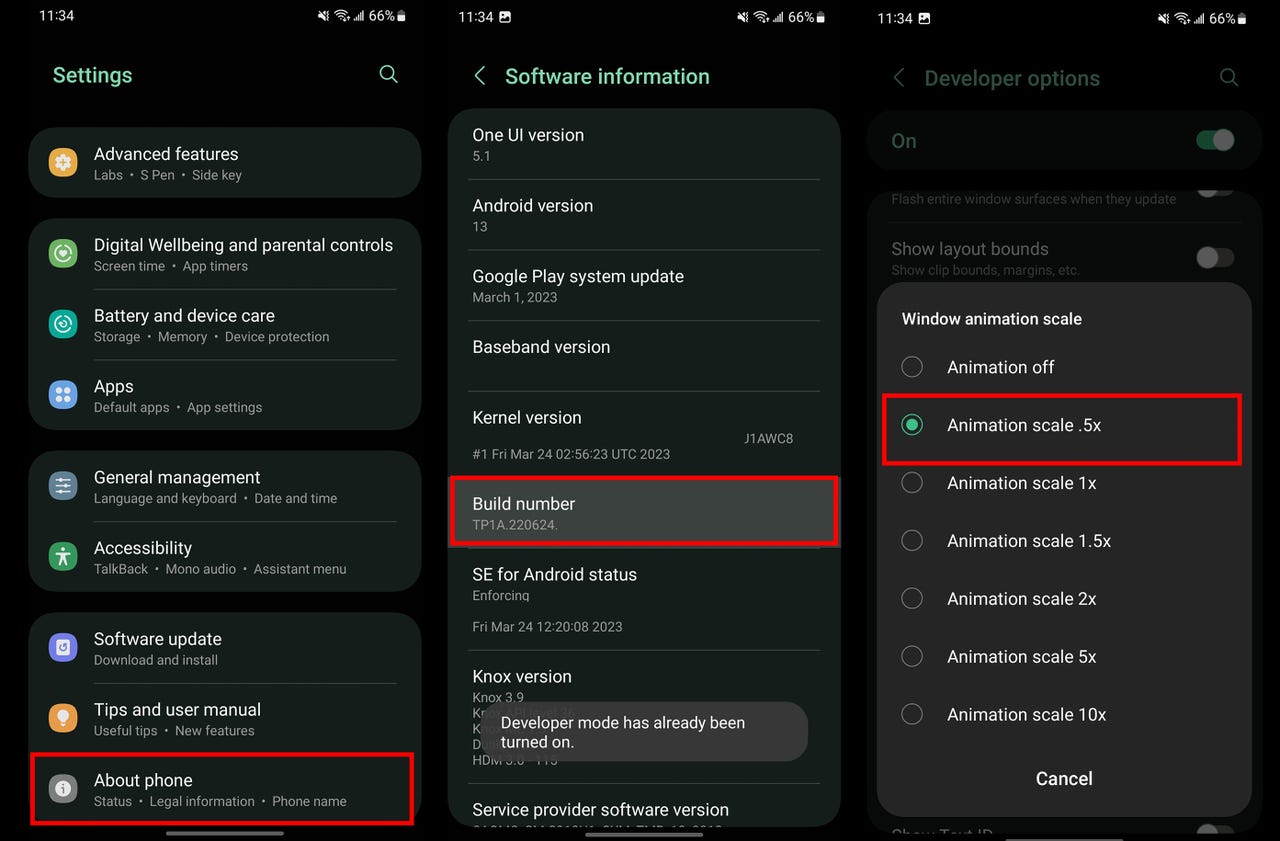Improving Your Phone’s Speed: A Casual Guide to a Faster Experience
Is your phone feeling a little sluggish lately? You’re not alone. Over time, even the most powerful smartphones can start to slow down. The good news is, you don’t need to be a tech expert to get it running smoothly again. A few simple tweaks can make a huge difference. This guide will walk you through some easy, casual steps to give your phone a much-needed speed boost.
Think of your phone like a closet. The more you cram into it, the harder it is to find what you need. The same goes for your phone’s storage. A full phone is a slow phone. The first and most impactful thing you can do is a digital detox.

Uninstall Unused Apps: We all have them—apps we downloaded for one specific reason and never opened again. Go through your app drawer and be ruthless. If you haven’t used an app in a month or two, get rid of it. This frees up storage space and reduces background processes that can hog your phone’s resources.
RAM, or Random Access Memory, is your phone’s short-term memory. It’s where your phone stores the data for the apps you’re currently using. When your RAM is full, your phone has to work harder, which leads to lag and stuttering.
Close Apps You’re Not Using: It’s a common misconception that leaving apps open in the background doesn’t affect performance. While modern operating systems are good at managing this, a dozen or more apps running in the background can still put a strain on your phone’s resources. Get into the habit of closing apps you’re done with.
Your phone’s software is the engine that drives everything. Keeping it in good shape is crucial for optimal performance.
Update Your Operating System: Software updates aren’t just about cool new features; they often include critical performance enhancements and bug fixes. Make sure you install the latest version of Android or iOS as soon as it becomes available. These updates can make your phone run more smoothly and efficiently.
Believe it or not, some of your phone’s default settings might be contributing to its sluggishness.
Reduce Animations and Transitions: Both Android and iOS use animations to make the user experience feel more fluid. However, these animations can sometimes make your phone feel slower, especially on older devices. You can go into your phone’s accessibility settings to reduce or even turn off these animations, which can give the illusion of a much faster phone. On Android, you may need to enable “Developer Options” to access these settings.
Finally, it’s important to have realistic expectations. If you’re using a phone that’s several years old, it’s going to be slower than the latest and greatest models. App developers and operating systems are always evolving, creating more demanding software. An older phone simply may not have the hardware to keep up.
This doesn’t mean your phone is useless, though. By following the tips in this guide, you can squeeze out every last bit of performance and make your experience much more enjoyable. Think of it as a little maintenance schedule for your digital companion. A little time spent tidying up and optimizing your phone can save you a lot of frustration and maybe even a few hundred bucks on a new device.
Declutter is Key: A clean phone is a fast phone. Regularly uninstall apps, clear caches, and delete old files.
By making these simple changes, you can reclaim control of your device and enjoy a faster, smoother, and more responsive smartphone experience. It’s not about being a tech wizard; it’s about being a smart user. Happy phone cleaning!



